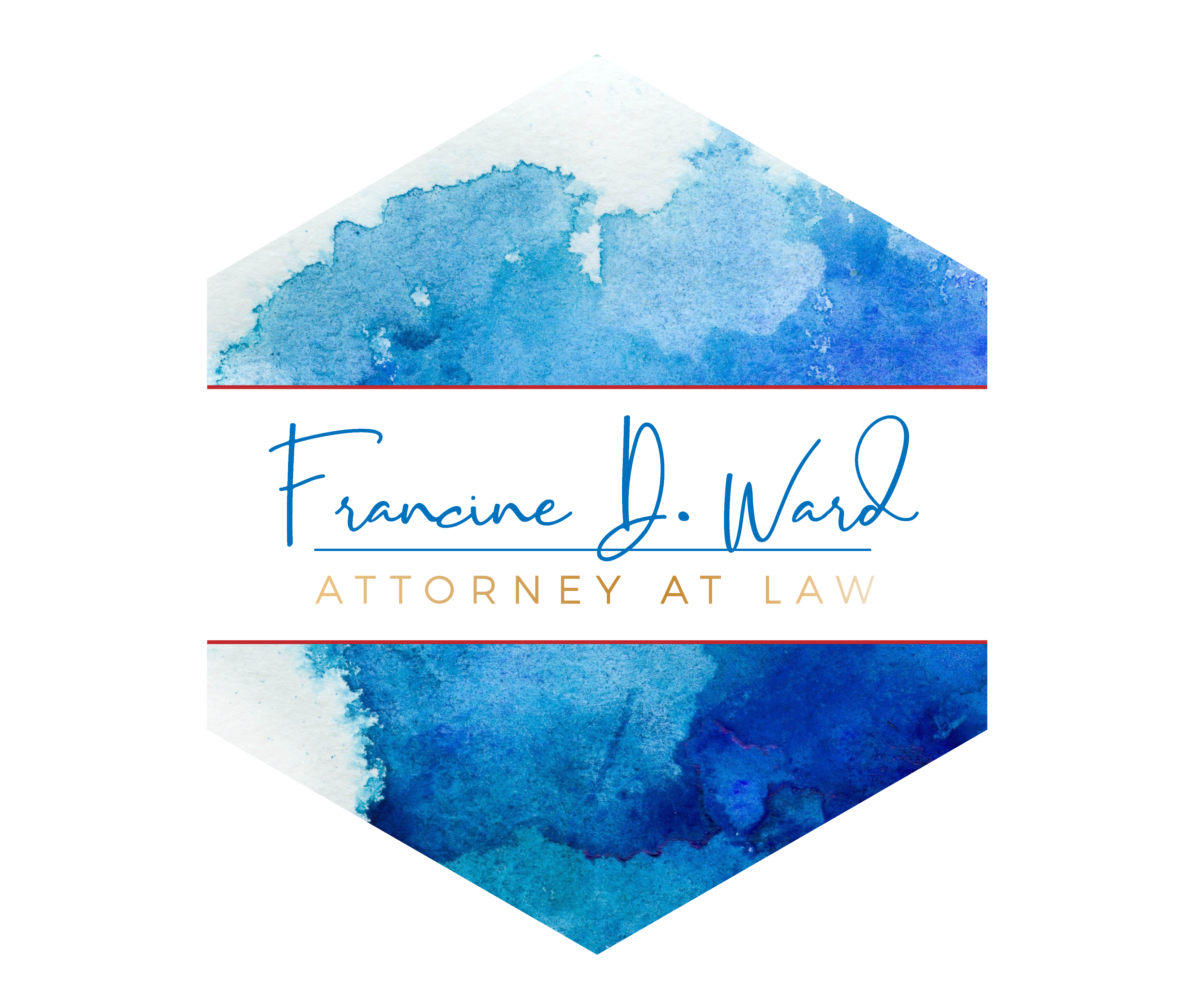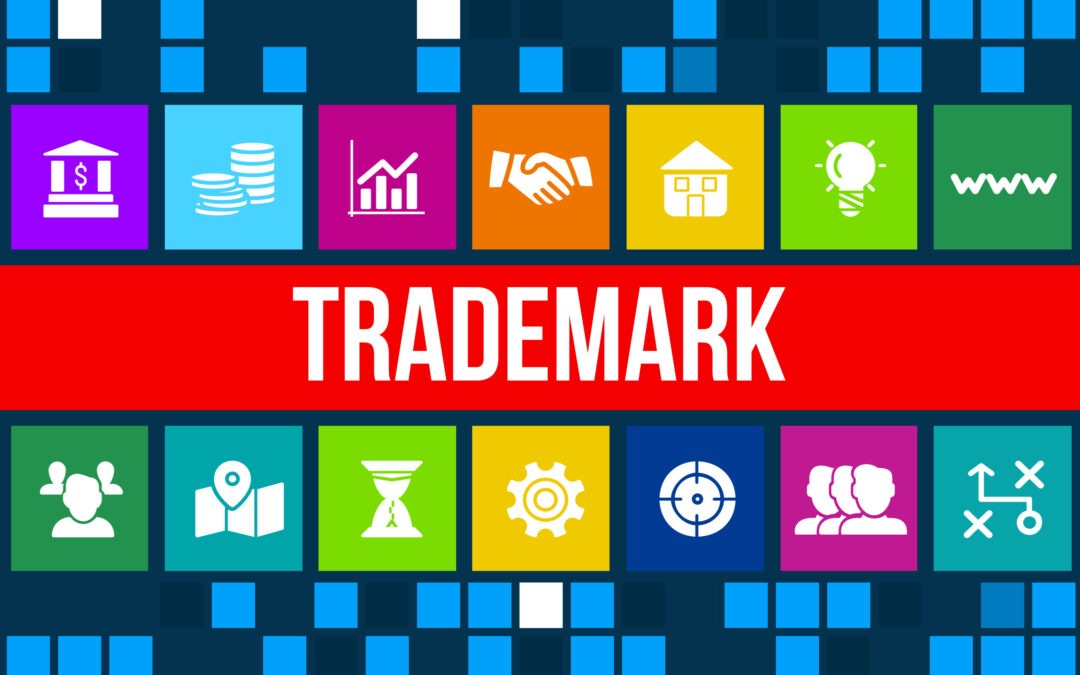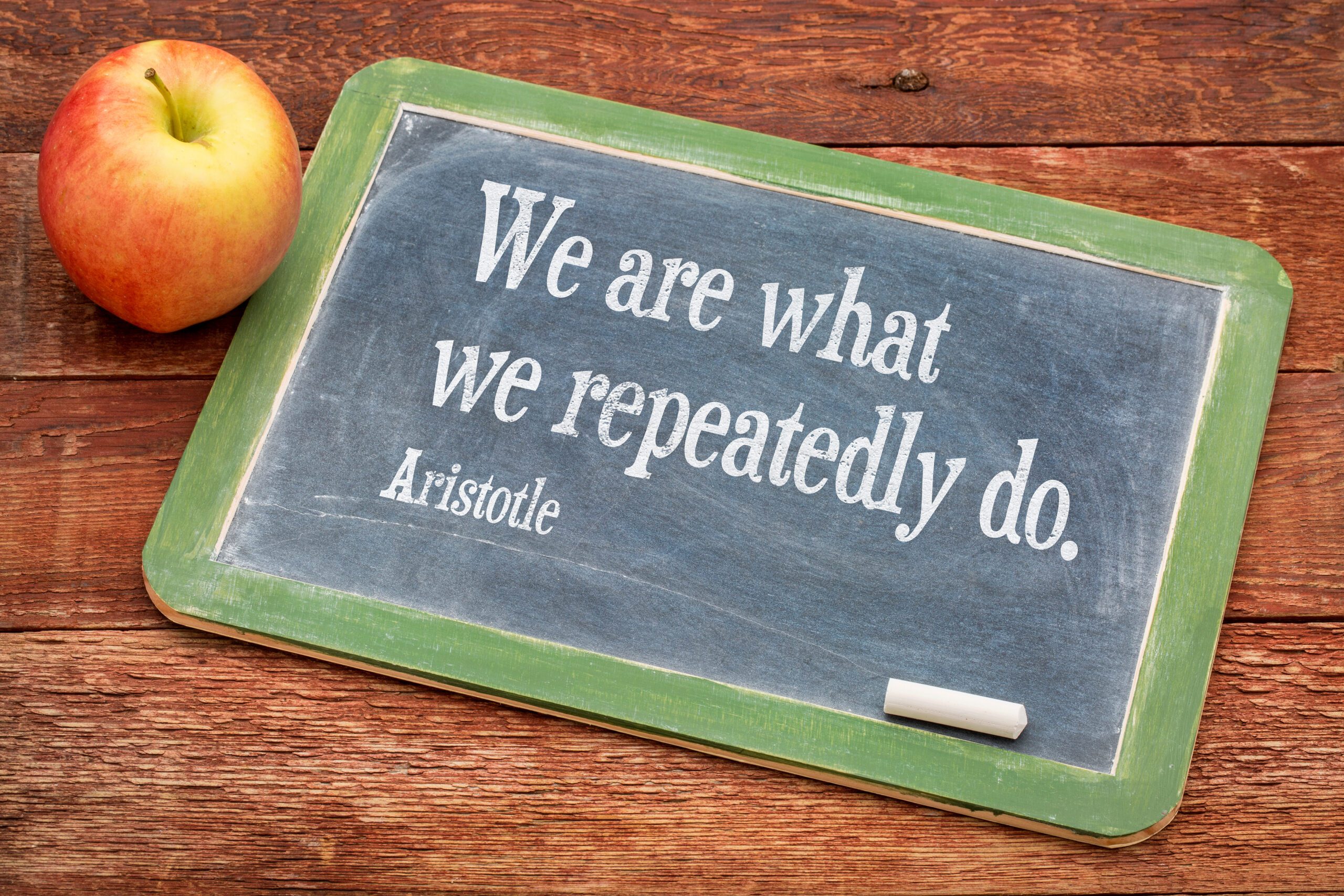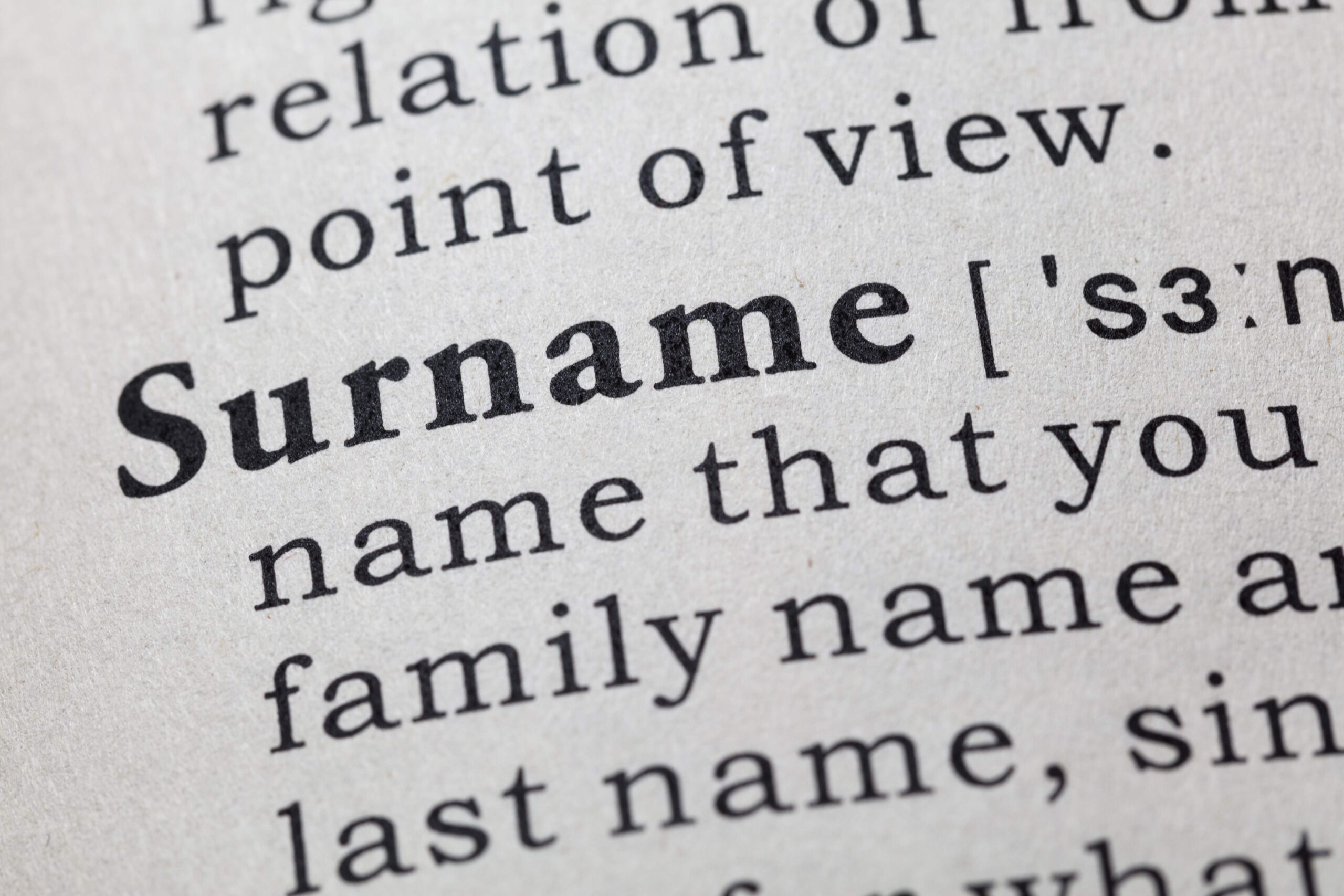What does a trademark protect?
A protectable trademark protects strong marks. That process starts from the moment you consider a word, phrase, design, or name that you want to use as a trademark. And most definitely the process starts before the application is filed with the United States Patent and Trademark Office (“USPTO). Trademark protection begins with the selection of the mark you want to use. As an IP attorney, one of my greatest challenges is my client’s marketing department. The second challenge is the inaccurate information a client finds on the Internet. The erroneous message is often “Choose a trademark that describes your products and services.” That is the worst thing someone looking to get a trademark protected can do. Unless, of course, they want to delay the process and risk never getting their trademark registered. The most important thing to know is that a trademark protects distinctive marks, not weak ones.
Weak Trademarks.
The more descriptive a trademark, the weaker it is. When a chosen word, phrase, logo, or design is weak, it does not garner the trademark protection the owner desires, Even if the weak trademark gets registered, it will be harder to prevent others from using it. Ideally, an applicant wants their trademark registered on the Principal Register, which implies strength. A trademark on the Principal Register is presumed worthy of protection.
The secondary trademark register for weaker marks is called the Supplemental Register. It provides fewer benefits as compared to the Principal Register. The Supplemental Register is for trademarks that are not distinctive. That said, over time a trademark owner can possibly have their initially nondistinctive trademark into one that is distinctive. That happens with use, over a period of time, and effective marketing.
Strong Trademarks are Distinctive.
In the world of trademark protection, the most distinctive trademarks are either coined or fanciful, or they are arbitrary. Coined or fanciful trademarks are those created solely to function as a trademark. Examples are Google, Pepsi, Xerox, Exxon, TIVO, Pinterest, NIKE. Arbitrary trademarks comprise words that would normally not be put together. Examples are Apple for computers, Dominos for pizza, Camel for cigarettes, Facebook for social media venue, Instagram for a file sharing website. When counseling clients, I suggest they make up a term and then, market it to the hilt. If you want protection for your trademark, the key is to secure a strong, distinctive trademark.
Comprehensive Trademark Search.
The second most important step in the trademark process is clearance. Before you file an application it is wise to perform a comprehensive trademark search. Some people think a “knockout search” will suffice. A knockout search is a cursory search. It’s quick, easy, and not detailed. It provides the bare minimum of information. Personally, I find them useless. They don’t provide sufficient information one needs to identify the potential issues an applicant might face. That is where a comprehensive search is essential. When I am performing a comprehensive trademark search I take into account a number of factors. Here are just a few:
- USPTO registered trademarks that look, sound like, or can be perceived as similar to my client’s proposed mark.
- Trademarks that were registered with the USPTO but have been canceled. I want to know why they were canceled. Trademarks that are not registered can still be in use.
- USPTO applications that have been abandoned, and I want to know why.
- I look for assignments of ownership.
- Any proceedings against the mark, e.g., TTAB filings, federal infringement actions.
- State registries
- Online to see if a mark is in use even if not registered (common law trademarks)
- and so much more

Francine D. Ward
Attorney-At-Law, Author, Speaker
Follow Francine:
Don’t miss Francine’s Latest Blogs:
- Sweepstakes ScamsSweepstakes Scams. The Federal Trade Commission (FTC) has settled with several operators of a sweepstakes scam. The scam bilked consumers out of millions of dollars. Included in the settlement agreement,… Read more: Sweepstakes Scams
- Incapacity PlanningIncapacity Planning. Incapacity is an unexpected wrinkle in your estate plan. I am a planner. I make plans, I like making plans, and sometimes my plans go awry. Despite any… Read more: Incapacity Planning
- Publishing contractsPublishing contracts The publishing contract is an agreement that defines the relationship between an author and her publisher. Publishing contracts typically contain elements that speak to territory, rights, ownership, financial… Read more: Publishing contracts
- What is a Habit?As we enter springtime, you may feel far away from your New Year’s resolution. That may be because of the success rate of NYE resolutions. In fact, January 17 is… Read more: What is a Habit?
- Common Contract MistakeCommon Contract Mistake #1. Not Having Written Agreements with EVERYONE You Do Business With. Common contract mistake. Without question, the most common contract mistake is not having the terms of… Read more: Common Contract Mistake
Interested in having a complimentary consultation to discuss your trademark, feel free to click here.











